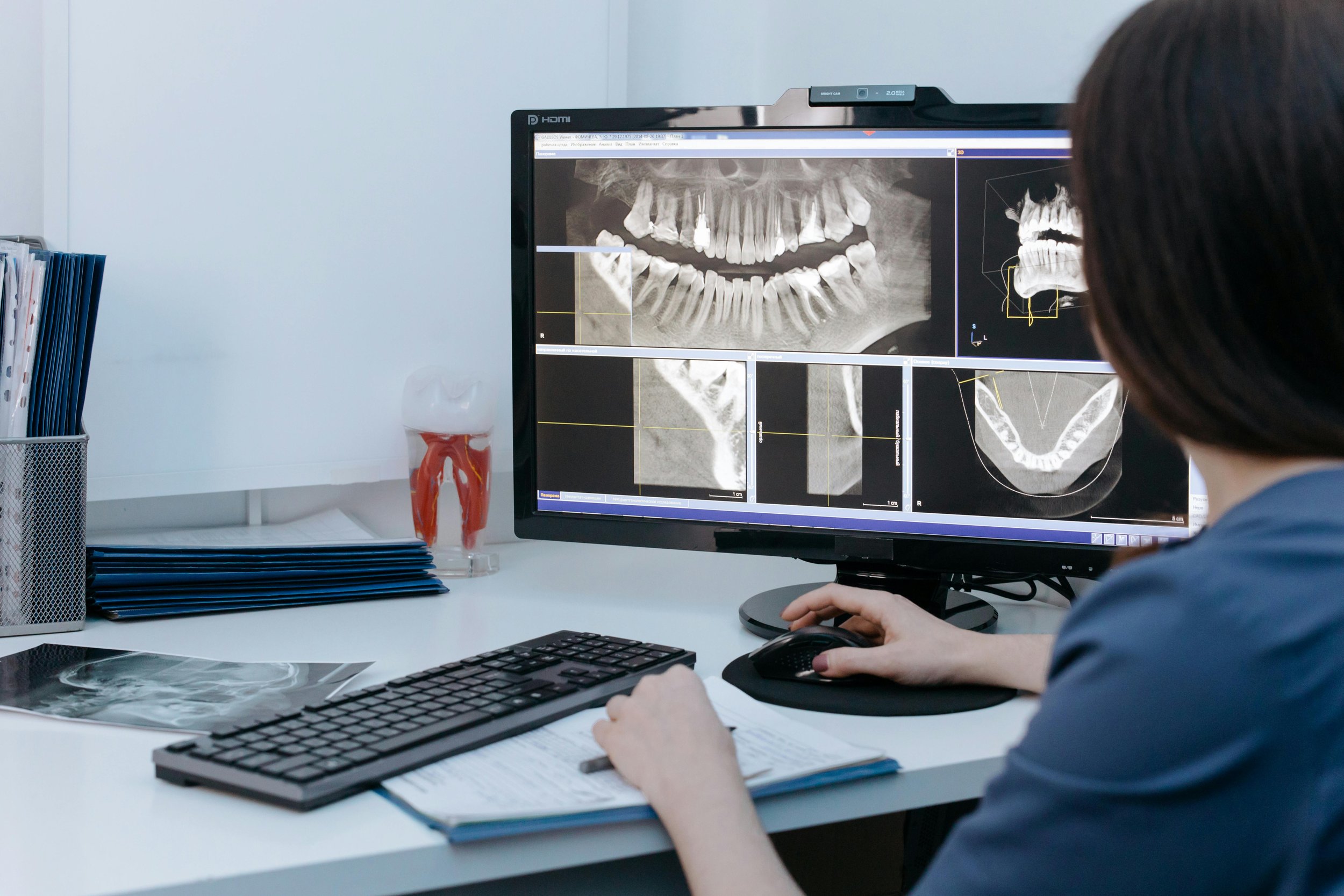
Achilles' Tendon Doesn't Have to be a Weak Link
By Dr. Koco Eaton
As spring approaches, many people will increase their physical activity as they resume running, jumping, and playing tennis. Unfortunately, some will develop problems with their heel cord because of this increased activity.
Achilles' tendonitis or inflammation of the Achilles' tendon is a common sports injury. The Achilles' tendon is a common sports injury. The Achilles' tendon is the heel cord that connects your foot to the calf muscles. Two large muscles in the back of the leg- the gastrocnemius and soleus - come together and form the Achilles' tendon, the strongest tendon in the body. These two muscles pull on the heel bone, which pushes the foot downward with great force. This downward motion of the foot allows the body to walk, run, and jump.
People with Achilles' tendonitis will develop pain in the back of the ankle after a workout. In the early stages, the pain will subside with rest. As the tendonitis progresses, pain will be felt during the workout or climbing stairs. Some people will also notice a stiff ankle in the morning and pain at rest. In advanced stages, a person may have trouble walking and notice swelling in the area of the heel cord.
There are several contributing factors for developing Achilles' tendonitis. The Achilles' tendon has a zone 1 inch above the heel bone that receives less blood than the rest of the tendon. Many studies indicate that this decrease in blood supply is the reason people develop Achilles' tendonitis.
Runners will develop Achilles' tendonitis if they experience a sudden increase in their training, change of surface (soft to hard), or increase their hill or interval workouts. Worn out or poorly designed running shoes also may contribute to Achilles' tendonitis.
Most Achilles' tendon problems improve without the need for surgery. There are a few steps a person can take to prevent these problems and resolve the tendonitis. First, a person must decrease his running miles to a level that no longer produces pain. Hill and interval training should be avoided until the ankle has been pain free for 10 days. Some runners may have to stop running completely. However, they can run in the deep end of the pool with a buoyancy vest and not put stress on the Achilles' tendon. Second, a small heel lift in each shoe will take pressure off the heel cord and decrease the pain. Also, orthotics may be beneficial if the person has a flat foot. Third, physical therapy may be beneficial. Ultrasound has been shown to increase the blood supply to the Achilles' tendon and decrease the pain.
Finally, the importance of stretching exercises of the Achilles' tendon cannot be overemphasized. Proper stretching may prevent Achilles' tendonitis from developing. It is important to hold the stretched position for five seconds and avoid bouncing. An ounce of prevention is worth a pound of cure. Achilles' tendon stretching should be the start of every workout.
